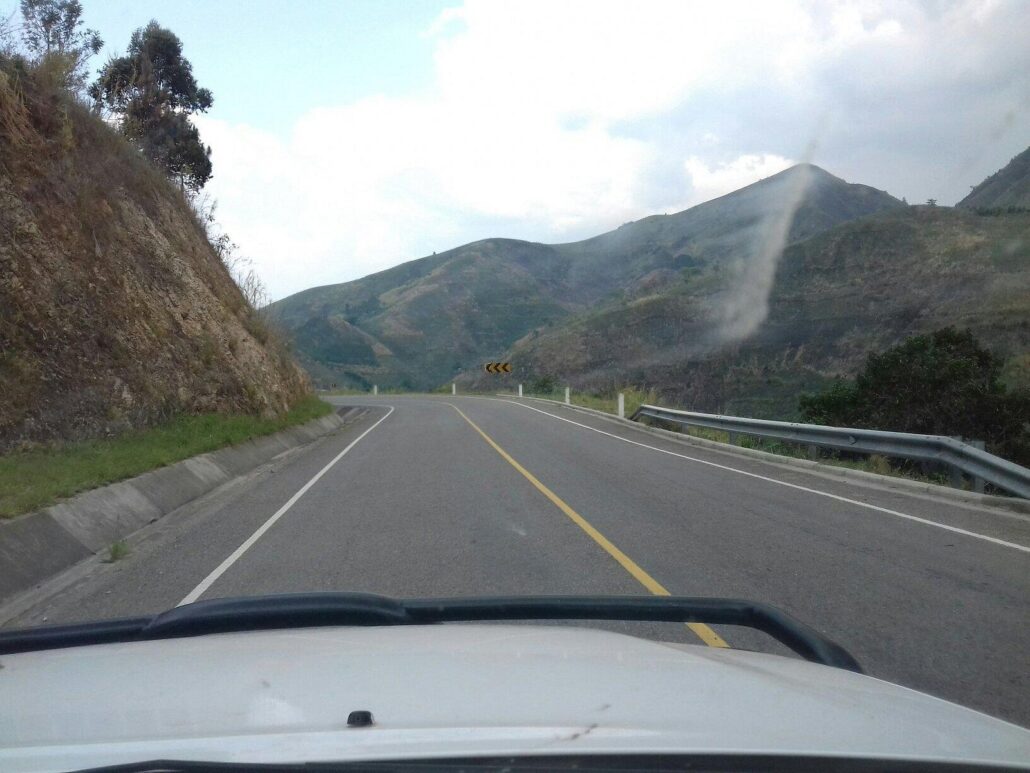Semuliki National Park: A Tropical Paradise in Uganda
Semuliki National Park, often described as a tropical paradise, is one of Uganda’s hidden gems, located in the western part of the country near the border with the Democratic Republic of Congo. Established in 1993, the park is known for its unique biodiversity, featuring a mix of East African and West African flora and fauna. Covering an area of about 220 square kilometers, Semuliki is primarily characterized by its lush rain forests, extensive wetlands, and hot springs, making it a haven for nature lovers, birdwatchers, and adventure seekers alike. This stunning national park offers visitors a chance to experience Uganda’s rich natural heritage and explore its captivating landscapes.
